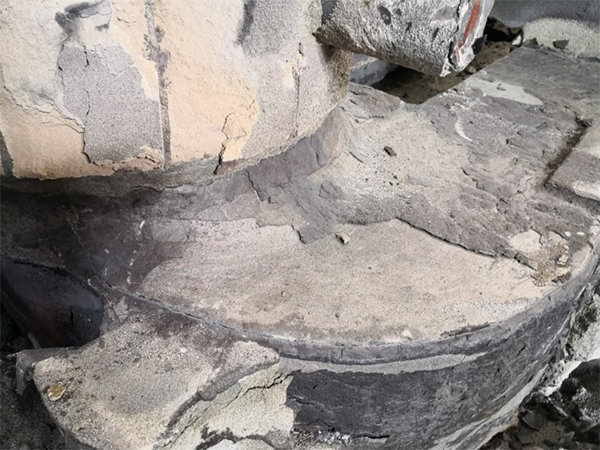Foundry Sand Testing Importance and Methods
Foundry sand plays a critical role in the metal casting industry. It is essential for the production of high-quality metal components, and its properties greatly affect the casting process and the final quality of the cast products. Consequently, sand testing is an integral part of foundry operations, as it helps ensure that the sand used meets the necessary specifications and is conducive to optimal performance during molding and casting.
There are several key parameters that need to be tested when evaluating foundry sand, including grain size distribution, clay content, moisture content, permeability, and bond strength. Each of these factors significantly influences the mold's ability to hold shape under pressure and temperature, as well as the surface finish of the final product.
Grain Size Distribution One of the primary tests performed on foundry sand is to assess its grain size distribution. The size of the sand grains affects mold strength and surface texture. Testing methods such as sieving and using a Sieve Analysis can determine the proportion of different grain sizes in the sand. A well-graded sand provides better packing, improving mold stability and surface finish.
Clay Content Clay content is another critical characteristic of foundry sand. Sand with an appropriate amount of clay provides necessary plasticity, which is crucial for mold making. However, an excess amount can lead to poor mold strength and excessive shrinkage. The determination of clay content is typically done through the use of a wash test, where sand is mixed with water and then separated to evaluate how much clay is present.
foundry sand testing

Moisture Content Moisture content directly influences the sand's properties and its packing ability. Too much moisture can result in steam generation during casting, leading to defects such as gas porosity. Conversely, insufficient moisture can lead to dry sand, which lacks the necessary cohesiveness. A simple drying method or the use of a moisture analyzer can provide accurate measurements of the moisture content in the sand.
Permeability Permeability is an important characteristic that governs the ability of gases to escape from the mold during casting. If the permeability is too low, gas build-up can occur, resulting in defects. Conversely, high permeability can reduce the mold's strength. Standard tests, such as the permeability test using a permeability meter, help foundries assess this property.
Bond Strength The bond strength of the sand is crucial for maintaining the shape and integrity of the mold during the pouring of molten metal. The industry commonly uses a universal sand strength testing machine to calculate bond strength. This allows foundries to determine if the sand can withstand the pressures exerted during casting without collapsing or deforming.
Ultimately, proper foundry sand testing ensures that the materials used in the casting process meet quality and performance standards
. This systematic approach not only minimizes the risks of defects but also enhances the overall efficiency of the metal casting operations. As the industry continues to evolve, advances in sand testing technologies promise better ways to ensure high-quality outcomes for cast products, contributing to the broader demand for reliable and innovative manufacturing processes.In conclusion, foundry sand testing is an essential practice that supports the metal casting industry in producing high-quality components. By accurately assessing key properties of the sand through various methods, foundries can enhance their manufacturing processes and ensure reliable performance in their cast products.
Post time:9 月 . 29, 2024 00:18
Next:Sand Casting Services and Solutions in China for Quality Manufacturing
